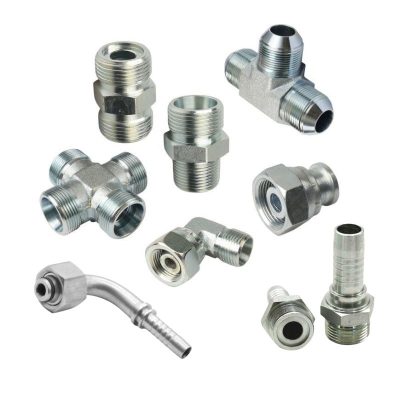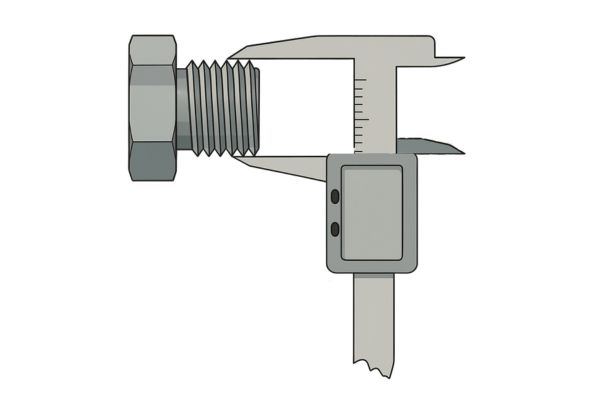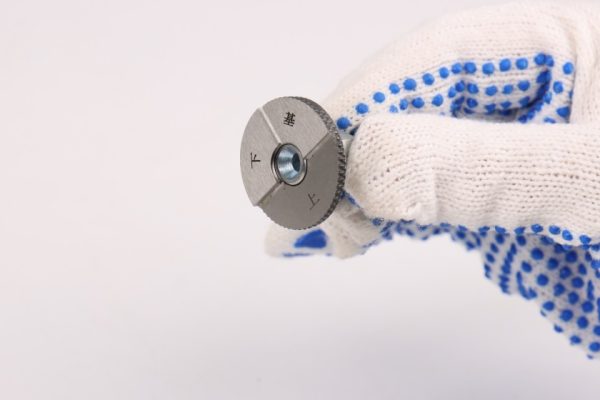Metric hydraulic fittings are widely used due to their standardized measurements and compatibility with international systems. Accurate identification of these fittings is essential to maintain system integrity and avoid costly downtime. This guide aims to provide a comprehensive, step-by-step process for identifying metric hydraulic fittings, ensuring that you can accurately match and replace fittings in your hydraulic systems.
Metric hydraulic fittings are connectors designed to join sections of hydraulic hose, pipe, and tubing in a hydraulic system. These fittings are measured using the metric system, which is based on millimeters. They play a vital role in maintaining the flow of hydraulic fluid, thereby ensuring the proper operation of machinery.
DIN 24° fittings feature a 24-degree cone seat and are a staple in European hydraulic systems. They come in both light (L) and heavy (S) series, differentiated by wall thickness and pressure capacity, ensuring a reliable metal-to-metal seal for high-pressure application
Metric standpipe fittings are straight connectors typically used for joining two hydraulic hoses or a hose to a machine component. They are essential in systems requiring a straightforward, high-integrity connection, especially in heavy machinery and industrial applications.
Metric flange fittings connect hydraulic hoses and pipes using a flange system that bolts directly to components. They are employed in high-pressure environments where a secure, rigid connection is necessary, often in industrial and mobile hydraulic systems.
Compression fittings use a ferrule to compress the pipe as the fitting is tightened, ensuring a leak-proof connection. These fittings are used in hydraulic systems where reliable, easy-to-install connections are required, often in instrumentation and low to medium-pressure applications.
Maintain a constant diameter along the thread length. They typically require an additional sealing method, such as an O-ring or bonded seal, to ensure a leak-proof connection.
Decrease in diameter along the thread length, creating a seal through thread deformation. These threads can provide a reliable seal without additional sealing components.

Identifying the thread type is the first and most crucial step in the identification process. Understanding whether the thread is parallel or tapered helps determine the appropriate sealing method and fitting compatibility. Here’s a detailed guide to determine the metric thread type:
Parallel Threads:
Tapered Threads:
Parallel Threads:
Tapered Threads:

Parallel Threads:
Tapered Threads:
Metric Thread Pitch:
Identifying the Form:
Accurate measurement of the thread diameter is essential for correct fitting identification. Here’s a detailed guide to measuring the thread diameter using calipers:
Clean the Threads:
Select the Correct Calipers:
Perpendicular Alignment:
Correct Placement:

Initial Measurement:
Reading the Calipers:
Multiple Measurements:
Cross-Verification:
Measuring at an Angle:
Damaged Threads:
Identifying the thread pitch is a critical step in the process of metric hydraulic fitting identification. The thread pitch is the distance between threads, measured in millimeters for metric threads. Here’s a detailed guide to accurately determine the thread pitch using thread gauges:
Insert the Gauge:
Check for Fit:

Trial and Error:
Snug Fit:
Verify Fit:
Examples:
Common metric thread pitches include 0.5mm, 0.75mm, 1.0mm, 1.5mm, and 2.0mm. For hydraulic fittings, pitches like 1.0mm, 1.5mm, and 2.0mm are frequently encountered.
Standard Sizes:
Use reference charts to cross-check the pitch size. These charts list standard thread pitches for various fitting types and sizes, helping confirm your measurements.
Record the Measurement:
To avoid incorrect measurements, always use calibrated tools and measure multiple times. Calibrated tools ensure precision, and multiple measurements at different points along the thread help confirm consistency. Ensure the tools are properly positioned; the calipers should be perpendicular to the thread axis and placed correctly on the thread crests. Additionally, the fitting must be clean and undamaged, as dirt or deformations can lead to inaccurate readings. By maintaining clean threads and using precise, calibrated instruments, you can significantly reduce the risk of measurement errors.
Worn or damaged threads can complicate the identification process, as they may not match standard profiles. To address this, use thread repair tools to restore the thread profile to its original shape. These tools can help smooth out deformities and make the threads easier to measure accurately. If thread repair is not feasible, refer to the original equipment specifications or documentation to find the correct thread size and type. This approach ensures that even if the threads are damaged, you can still identify the fitting accurately by cross-referencing with the original specifications.
Accurately identifying metric hydraulic fittings is essential for maintaining the efficiency and reliability of hydraulic systems. By following this step-by-step guide and utilizing the appropriate tools and reference materials, you can ensure precise fitting identification and avoid potential system failures. Use the steps and resources provided to enhance your maintenance practices and keep your hydraulic systems running smoothly.
If you need any kind of metric hydraulic fittings, please contact Topa and we will arrange it for you as soon as possible!
Essential tools include calipers, thread gauges, a magnifying glass, and reference charts. Ensure all tools are calibrated and specifically designed for metric threads.
Measure the thread diameter at multiple points along its length. Parallel threads maintain a consistent diameter, while tapered threads show a decrease in diameter from base to tip.
Use thread repair tools to restore the thread profile. If repair is not possible, refer to the original equipment specifications to determine the correct thread size and type.
Clean the threads and use a thread gauge set with various pitch sizes. Insert the gauge into the threads and ensure it fits snugly without gaps. Double-check the fit by rotating the gauge slightly.
Common metric thread pitches include 0.5mm, 0.75mm, 1.0mm, 1.5mm, and 2.0mm. For hydraulic fittings, 1.0mm, 1.5mm, and 2.0mm pitches are frequently encountered.
Utilize detailed reference charts to compare measurements. Seek expert advice or consult manufacturer documentation if needed to ensure accuracy. This helps distinguish closely related thread types accurately.